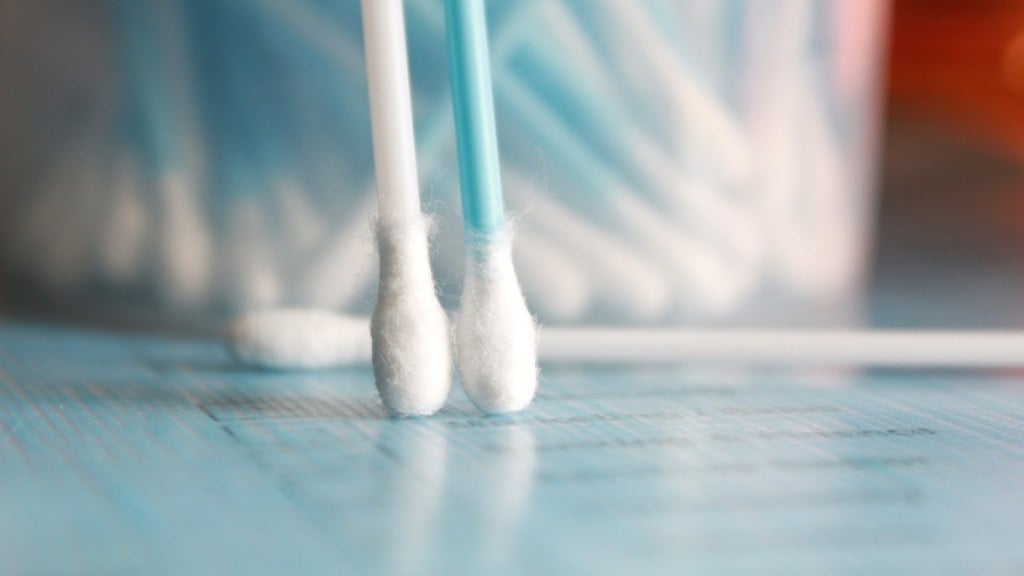Do you always reach for Q-tips or cotton swabs when your ears are feeling full or itchy? Well, you are not alone. Many people often tend to use cotton swabs to clean their ears.
However, using Q-tips to clean your ears is not safe. While it’s safe to clean the outside of your ear, you should avoid using them inside your ear.
According to a report by Healthline, if you use Q-tips to clean your ears, you are at risk of developing a variety of complications, including injury and infection. It is noteworthy that earwax is helpful as it helps in protecting your ear from getting too dry, traps dirt, and prevents bacteria from reaching deeper into your ear.
Over the time, earwax naturally comes outside of the ear where it can be cleared away as ears are self-cleaning.
If you use Q-tips to clean your ears, it can cause ruptured eardrum. A study from 2017 looked at cotton swab–related ear injuries in children between the years of 1990 and 2010. They found that about 73 percentTrusted Source of ear injuries from cotton swabs were associated with ear cleaning.
Moreover, a Q-tip can push earwax and the bacteria it contains farther into your ear, potentially leading to an ear infection. Also, if accidentally part of the tip of the cotton swab comes off inside your ear, it can lead to feelings of discomfort, fullness, or pain. In some cases, hearing loss can occur.
How to safely clean your ears?
According to Healthlin, if you’d like to safely remove earwax from your ear, follow the four steps below:
- Soften: Use a dropper to carefully add a few drops of baby oil, mineral oil, or glycerin into your ear. This helps soften the earwax.
- Irrigate: A couple of days after softening the earwax, irrigate your ear. Use a bulb syringe to add warm water to your ear canal.
- Drain: After irrigating, gently tip your head to the side to allow the water to drain from your ear.
- Dry: Use a clean towel to dry the outer part of your ear.

